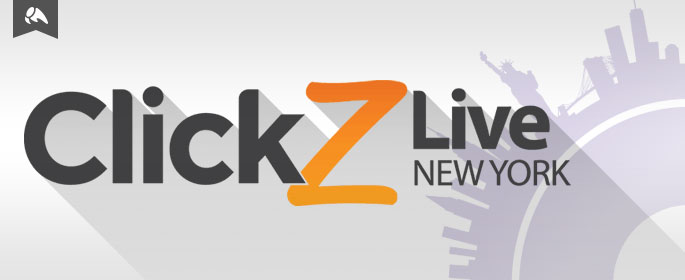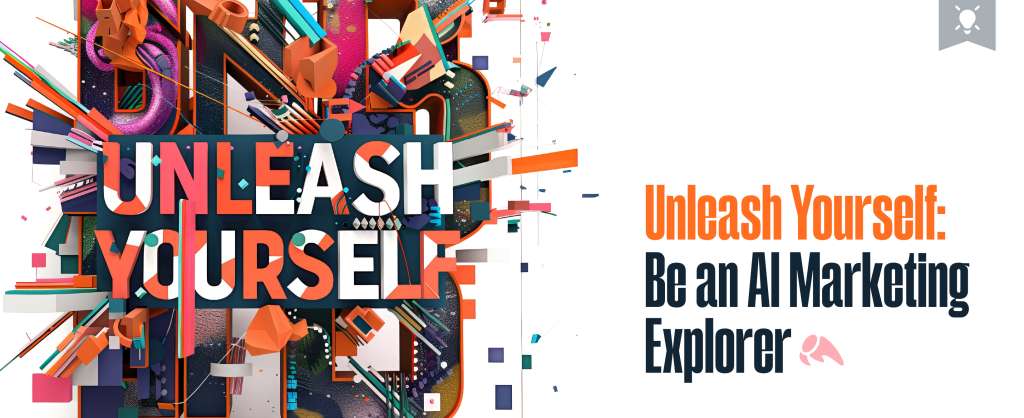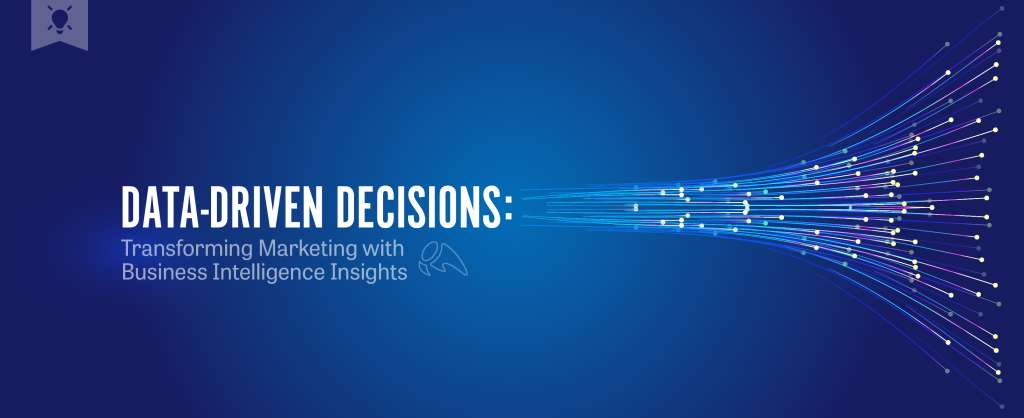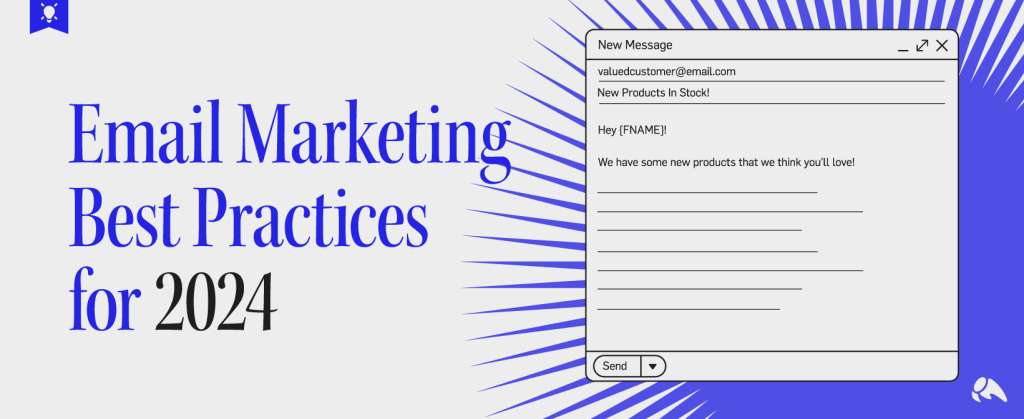
Content isn’t new. The media is what has changed. Content has had to morph to fit new environments. Laura Henderson of Mondelez International introduces us to a brand content spectrum, with “Message-Led” at one end (the traditional promotional messaging we’re used to) and “Context-led” at the other, which we’re seeing more and more of, with real-time marketing and reactive content (llamas on the run, anyone?).
Attention is the new currency. We’re consuming more and more media every day. And our attention is shrinking. The average intention span has increased from 12 seconds in 2008 to 8 seconds today. We have an attention span one second less than a goldfish. Basically, nearly everything = tl;dr.
In 2012, the top-shared videos were an average length of 4 minutes, 11 seconds. In 2014, it was down to 2 minutes, 53 seconds. Our attention span is shrinking, and platforms like Vine and Instagram are motivated that as well.
The average shelf-life of a piece of content? Facebook: 14 hours, 42 minutes. Twitter: 4 hours, 4 minutes. Instagram: 21 hours.
The economics on content have changed. You can’t focus on one piece of content and blast it out. The shelf life, the utility of content is decreasing. After you consume a certain amount of content, the value of each new piece is getting less time, and less return.
So… how do we stay fresh and hold attention?
We need to become “experience architects.” We have the keys to create situations and experiences that engage people and create the sentiments we desire.
How? Remember these rules.
The Four New Laws of Content
Content is the strategy. Not an execution.
If all of your brand communications count as content, then “content” shouldn’t happen after you’ve developed the rest of your strategy. What’s your brand about? What do you intend to achieve? What content do you need to create to achieve those goals? Content cannot be an afterthought or a tactic thrown in at the end because you have some extra budget.
Build for the audience.
The bar is so much higher than it ever was, since we tell ourselves we have to educate, engage, inform, inspire (and much, much more)… so, sometimes the brand has to take a backseat. Not all pieces of content can serve all goals.
You have to create what the audience needs or wants. What they’re looking for, or what they’ll enjoy and share.
What is your audience talking about? Not just about you, but otherwise – what are the common topics of discussion? Is there any affinity or connection to your brand already, or will your attempt to enter this conversation feel forced? How can you fit in and add value to the conversation?
Little and often.
Based on the shelf-lifes discussed earlier, we know you can’t afford to devote too many resources to a single piece of content.
Create an efficient model that allows you to create small pieces of content frequently (BlinkStudios – of Mondelez – has a tremendously efficient model to create timely brand videos that are churned out consistently. They’ve made over 130 pieces of content in the last year). Whether it’s video, photos, infographics… create a structure that allows you to create new content rather than relying on a handful of pieces for a significant length of time.
Audiences are up for rent.
There are audiences up for grabs if you can intrigue them, but you have to hold their attention, as well.
The focuses here – you have to reach your audience, you have to have relevance, and you have to make them react (or respond)!







